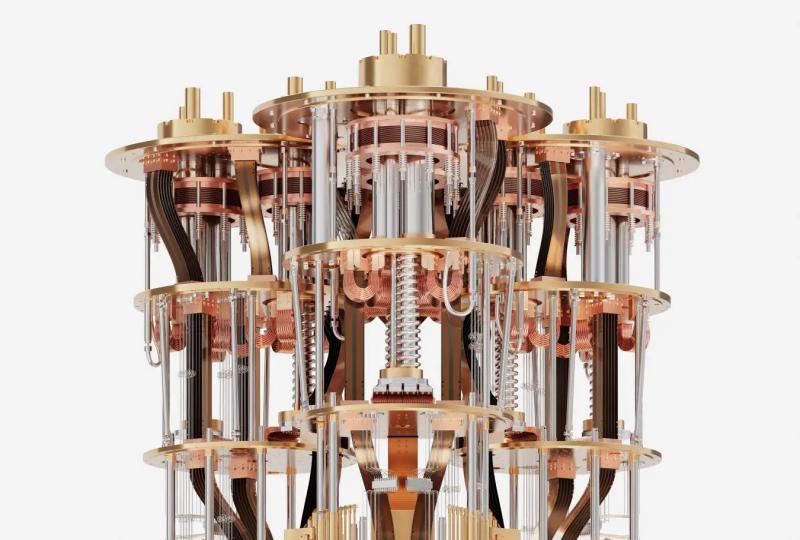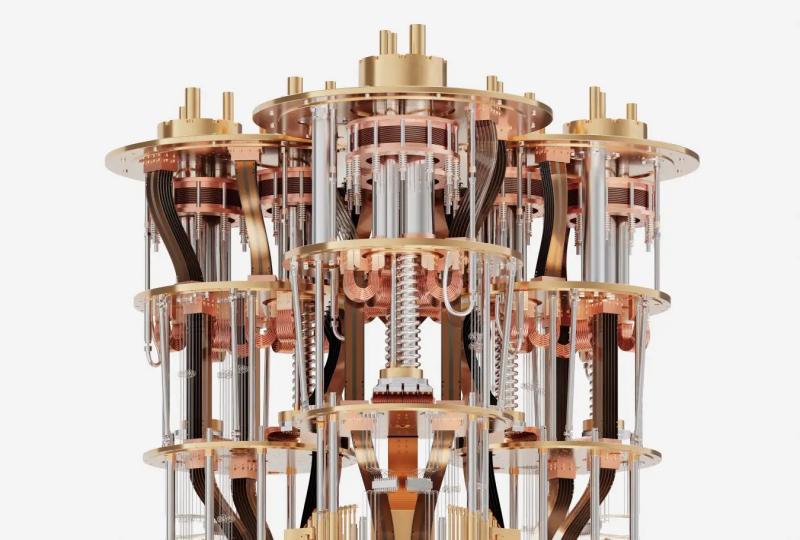Qubit Coherence Time: A Critical Factor in Quantum Computing
2025.07.22 · Blog qubit coherence timequantum computerquantum computing
In the world of quantum computing, qubits are the basic units of information, analogous to classical bits in conventional computers. However, unlike classical bits, qubits operate on the principles of quantum mechanics, allowing them to exist in superposition states and be entangled with one another. These quantum properties enable quantum computers to perform certain computations exponentially faster than classical counterparts. Yet, for quantum computing to truly fulfill its potential, one of the most significant challenges remains the coherence time of qubits. This article delves into the concept of qubit coherence time, its importance, and the ongoing efforts to extend it.
What is Qubit Coherence Time?
Qubit coherence time refers to the length of time a qubit can maintain its quantum state — that is, how long a qubit remains in its superposition or entangled state before it loses its quantum properties due to interaction with the environment. This loss of quantum information is known as decoherence, and it is one of the major limitations in the current development of quantum computers.
-
Coherence: When a qubit is said to be "coherent," it means that it can exist in a superposition of both 0 and 1 simultaneously, and it can maintain these quantum states long enough to be used in computations.
-
Decoherence: This occurs when external factors, such as environmental noise or interference, cause the qubit to lose its quantum state, collapsing it into a classical state (either 0 or 1).
The coherence time is typically measured in microseconds, milliseconds, or even nanoseconds, depending on the type of qubit and the quality of the quantum system.
Why is Coherence Time Important?
The coherence time of qubits is critical for several reasons:
-
Quantum Computation Duration
-
Quantum algorithms require qubits to maintain their quantum states long enough to perform a series of operations (i.e., quantum gates). If a qubit loses its coherence before the computation is complete, the algorithm will fail, producing incorrect results.
-
-
Error Rates
-
Longer coherence times reduce the likelihood of errors occurring during quantum computations. If decoherence happens too quickly, the algorithm might not produce the intended outcome, leading to unreliable results.
-
-
Gate Fidelity
-
Quantum gates are the operations that manipulate qubits. The accuracy of these gates, known as gate fidelity, is often influenced by how long qubits can remain coherent. Short coherence times lead to lower fidelity in gate operations, which can negatively impact the overall performance of the quantum computer.
-
-
Scalability of Quantum Computers
-
As quantum computers scale to handle more qubits, coherence time becomes even more critical. More qubits increase the complexity of the system, and as the number of qubits grows, the likelihood of decoherence also rises. To achieve large-scale quantum computation, it is essential to improve coherence time to maintain quantum information across many qubits.
-
Factors Affecting Qubit Coherence Time
Several factors contribute to qubit decoherence, including both internal and external influences:
-
Environmental Noise
-
Quantum systems are highly sensitive to their surroundings. Even tiny fluctuations in temperature, electromagnetic fields, or vibration can cause qubits to lose their coherence. The quantum environment often interacts with qubits, leading to loss of quantum information.
-
-
Material Imperfections
-
The quality of the material used to build qubits plays a significant role in their coherence time. Imperfections or defects in materials such as superconducting circuits, trapped ions, or topological qubits can cause decoherence. Improving the purity of materials is an ongoing area of research.
-
-
Qubit Interactions
-
In quantum systems, qubits interact with each other, and these interactions can sometimes lead to undesired outcomes that shorten coherence time. Balancing these interactions to ensure minimal noise is a critical challenge.
-
-
Temperature
-
Many qubit technologies, such as superconducting qubits, require extremely low temperatures to operate (close to absolute zero). While low temperatures reduce thermal noise, maintaining such conditions over long periods can be challenging and can impact coherence time.
-
-
Quantum Decoherence Mechanisms
-
The specific type of quantum system (e.g., trapped ions, superconducting qubits, or photonic qubits) can have different mechanisms for decoherence. These can be due to factors like spurious energy states, interactions with the environment, or measurement back-action.
-
Types of Qubits and Their Coherence Times
Different types of qubits exhibit varying coherence times. Here are a few examples:
-
Superconducting Qubits
-
Superconducting qubits are among the most widely studied qubit types in quantum computing. These qubits rely on superconducting circuits that behave like quantum harmonic oscillators. Superconducting qubits typically have coherence times in the range of 20-100 microseconds, although efforts are being made to increase this.
-
-
Trapped Ion Qubits
-
Trapped ion qubits use individual ions that are trapped in electromagnetic fields and manipulated using lasers. These qubits often have coherence times in the range of 1-10 milliseconds, which is longer than superconducting qubits, but they are still susceptible to certain forms of noise.
-
-
Topological Qubits
-
Topological qubits are a promising area of research that aims to increase qubit coherence by using more robust quantum states. These qubits rely on the concept of topological protection, which makes them less susceptible to environmental noise. While the coherence time for topological qubits is not yet fully realized, they hold potential for longer coherence times compared to other types.
-
-
Photonic Qubits
-
Photonic qubits, which use properties of photons (light particles) to represent quantum states, can have very long coherence times, often on the order of seconds to minutes. However, manipulating and storing photonic qubits is still challenging, limiting their use in large-scale quantum computers.
-
Improving Qubit Coherence Time
Researchers are actively working on methods to extend qubit coherence time, including:
-
Quantum Error Correction
-
One approach to mitigate the effects of decoherence is to use quantum error correction codes. These codes encode information across multiple qubits to protect against errors caused by decoherence. While error correction requires additional qubits and computational resources, it is crucial for achieving fault-tolerant quantum computing.
-
-
Isolation and Shielding
-
To minimize environmental noise, researchers are developing better shielding techniques, including cryogenic systems that maintain qubits at ultra-low temperatures, and electromagnetic shielding to protect qubits from external disturbances.
-
-
Improved Materials
-
Using high-quality materials, such as purer superconductors or better laser sources for trapped ions, can help increase the coherence time by reducing noise and imperfections in the quantum system.
-
-
Decoherence-Free Subspaces
-
Researchers are also exploring methods to design quantum systems that are less susceptible to certain types of noise, often referred to as decoherence-free subspaces. These systems are designed to naturally resist certain forms of decoherence, thus increasing their coherence time.
-
Conclusion
Qubit coherence time is one of the most crucial factors determining the effectiveness of quantum computers. While current qubit coherence times are often short, advancements in quantum error correction, shielding, and materials science are steadily pushing the boundaries. As qubit coherence times improve, quantum computers will become more reliable, and their applications in fields like cryptography, optimization, and machine learning will move closer to reality.
As quantum technologies continue to evolve, increasing qubit coherence time will be essential to unlocking the full potential of quantum computing.
Featured Content






